Home>Gardening & Outdoor>Landscaping Ideas>What Is A Scarifier For Lawns
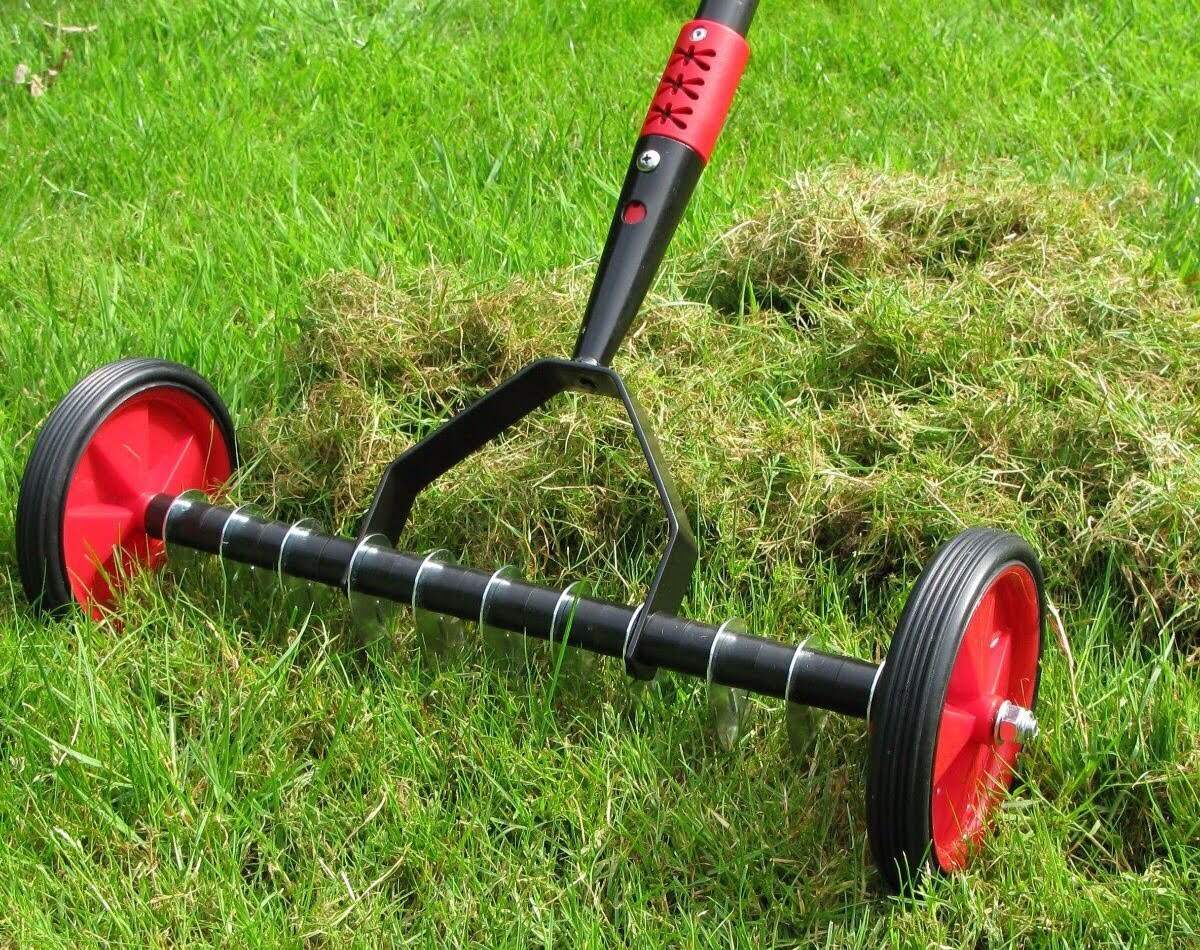

Landscaping Ideas
What Is A Scarifier For Lawns
Modified: January 9, 2024
Learn how scarifiers can improve your lawn with our expert landscaping ideas. Discover the benefits of using a scarifier for maintaining a healthy and vibrant lawn.
(Many of the links in this article redirect to a specific reviewed product. Your purchase of these products through affiliate links helps to generate commission for Storables.com, at no extra cost. Learn more)
Introduction
Welcome to the world of lawn care, where the quest for a lush, green carpet of grass leads to the discovery of invaluable tools and techniques. Among these, the scarifier stands out as a key player in maintaining a healthy and vibrant lawn. As we delve into the realm of scarifying, you will uncover the secrets of this essential tool and learn how it can rejuvenate your lawn, transforming it from lackluster to luscious.
The journey of lawn care often begins with the desire to create an outdoor space that is not only visually appealing but also functional and inviting. Whether you are a seasoned gardener or a novice enthusiast, the concept of scarifying may be unfamiliar. Fear not, as we embark on this exploration together, shedding light on the purpose, types, usage, and benefits of scarifiers for lawns.
Imagine a tool that can breathe new life into your lawn, revitalizing its very essence. This is the promise of the scarifier, a device designed to address the underlying issues that hinder the health and beauty of your grass. With its ability to remove thatch, moss, and other debris, the scarifier serves as a catalyst for rejuvenation, paving the way for a thriving and resilient lawn.
Join me as we uncover the mysteries of scarifying, demystifying its function and unraveling its potential. Together, we will embark on a journey of discovery, unlocking the secrets of this transformative tool and harnessing its power to elevate the beauty of your lawn.
Key Takeaways:
- A scarifier is a powerful tool that removes thatch and moss from lawns, promoting healthier grass growth and enhancing the overall appearance of the outdoor space.
- By using a scarifier, you can rejuvenate your lawn, promote new grass growth, and create a lush, resilient landscape that is both visually appealing and functional.
Read more: How To Scarify Seeds
What Does a Scarifier Do?
A scarifier, also known as a dethatcher, is a specialized tool designed to maintain the health and vitality of lawns by addressing common issues such as thatch buildup, moss, and organic debris. Thatch, a layer of dead grass, roots, and other organic matter that accumulates on the soil surface, can impede the flow of water, air, and nutrients to the grassroots, hindering the lawn’s growth and overall health. Moss, another common nuisance in lawns, tends to thrive in damp and shaded areas, competing with grass for space and nutrients.
So, what does a scarifier do to combat these challenges? The primary function of a scarifier is to effectively remove thatch and moss, allowing the grass to breathe, absorb essential nutrients, and establish a strong root system. By utilizing a series of rotating blades or tines, a scarifier penetrates the surface of the lawn, lifting and loosening the accumulated thatch and moss. This process, known as scarification, not only improves the lawn’s overall health but also promotes thicker, lusher grass growth.
Furthermore, scarifiers are adept at enhancing seed-to-soil contact, a crucial factor in successful overseeding. By creating a receptive environment for new seeds to take root, scarification facilitates the germination and establishment of fresh grass, leading to a denser and more resilient lawn. In essence, a scarifier acts as a rejuvenating force, revitalizing the lawn by addressing underlying issues and fostering optimal conditions for healthy growth.
With its ability to aerate the soil, remove thatch and moss, and promote seed germination, a scarifier plays a pivotal role in maintaining a vibrant and robust lawn. As we delve deeper into the world of scarifiers, we will explore the various types available and gain insight into the best practices for using this essential tool to achieve a flourishing lawn.
Types of Scarifiers
When it comes to scarifiers, there are several types available, each catering to specific lawn care needs and preferences. Understanding the distinctions between these varieties can help you make an informed decision when selecting the most suitable tool for your lawn maintenance endeavors.
1. Manual Scarifiers: These traditional tools feature a set of sharp blades or tines that require manual operation, either by pushing, pulling, or rolling the scarifier across the lawn. While manual scarifiers demand physical exertion, they offer precise control and are ideal for smaller lawns or targeted spot treatments. Additionally, they are environmentally friendly and do not rely on fuel or electricity.
2. Electric Scarifiers: Powered by electricity, these scarifiers are well-suited for medium-sized lawns and offer the advantage of effortless operation. Equipped with rotating blades or tines, electric scarifiers efficiently remove thatch and moss, promoting a healthier lawn. They are relatively lightweight and easy to maneuver, making them a popular choice for homeowners seeking a balance between convenience and effectiveness.
3. Petrol Scarifiers: Designed for larger lawns and professional landscaping applications, petrol scarifiers are robust and powerful, capable of tackling extensive thatch and moss buildup with ease. Their gasoline-powered engines provide the necessary strength to penetrate and aerate the soil, making them a preferred choice for heavy-duty scarifying tasks. While petrol scarifiers offer superior performance, they require regular maintenance and proper handling.
4. Aerator-Scarifier Combos: Some scarifiers are equipped with interchangeable attachments, allowing them to function as both scarifiers and aerators. This versatility enables users to switch between scarifying and aerating functions, addressing multiple lawn care needs with a single tool. Aerator-scarifier combos offer convenience and flexibility, making them an attractive option for individuals seeking comprehensive lawn maintenance solutions.
5. Towed Scarifiers: Ideal for large-scale lawn care, towed scarifiers are designed to be attached to lawn tractors or ride-on mowers, allowing for efficient scarifying across expansive areas. These heavy-duty implements are well-suited for commercial landscaping, sports fields, and extensive residential properties, where the need for thorough scarification is paramount.
By familiarizing yourself with the various types of scarifiers, you can make an informed choice based on the size of your lawn, the intensity of scarification required, and your preferred method of operation. With the right scarifier at your disposal, you can embark on a journey to rejuvenate your lawn and cultivate a verdant, thriving outdoor space.
A scarifier for lawns is a machine used to remove thatch, moss, and other debris from the surface of the lawn. It helps to improve air circulation, water absorption, and overall lawn health. Regular scarifying can promote a thicker, healthier lawn.
How to Use a Scarifier on Your Lawn
Using a scarifier to rejuvenate your lawn involves a systematic approach that ensures optimal results while preserving the health of the grass. Whether you are addressing thatch buildup, moss invasion, or preparing the soil for overseeding, the following steps outline the best practices for utilizing a scarifier effectively.
1. Prepare the Lawn: Before scarifying, mow the lawn to a shorter length than usual to facilitate the scarifier’s access to the thatch and moss. Clear the area of any debris, such as branches, rocks, or large clumps of grass, to create a smooth and unobstructed surface for the scarifier to operate on.
2. Adjust the Scarifier: Depending on the severity of thatch and moss accumulation, adjust the depth setting of the scarifier’s blades or tines to ensure an appropriate level of penetration. For initial scarification, a slightly shallower setting may be preferable to avoid damaging the grass roots, while subsequent passes can gradually increase in depth for more thorough removal.
3. Operate the Scarifier: With the scarifier in position, begin moving it across the lawn in overlapping passes, similar to mowing. The blades or tines will penetrate the surface, lifting and loosening the thatch and moss. Take care to maintain a steady, consistent pace to achieve uniform scarification without causing undue stress to the grass.
4. Collect Debris: As the scarifier dislodges the thatch and moss, it is essential to have a plan for collecting and disposing of the debris. Depending on the type of scarifier, it may feature a collection bag or box to gather the extracted organic matter. Alternatively, raking and collecting the debris manually after scarifying is also an effective method.
5. Post-Scarification Care: Following scarification, the lawn may appear worn and tattered, but this is a natural outcome of the process. To aid in the recovery and rejuvenation of the grass, consider overseeding the scarified areas to promote new growth. Additionally, apply a top dressing of compost or lawn dressing to replenish the soil and provide essential nutrients for the revitalization of the lawn.
6. Water and Monitor: After scarifying and any subsequent overseeding or top dressing, water the lawn thoroughly to promote recovery and aid in the establishment of new grass. Monitor the scarified areas closely, ensuring that the soil remains moist but not waterlogged, and observe the emergence of fresh growth as a testament to the success of the scarification process.
By following these steps and exercising care and precision, you can harness the power of a scarifier to breathe new life into your lawn, promoting a healthier, more resilient turf that flourishes with vitality and beauty.
Benefits of Scarifying Your Lawn
Scarifying your lawn yields a multitude of benefits, each contributing to the overall health, appearance, and resilience of the grass. By embracing the practice of scarification, you can unlock the potential for a lush, thriving lawn that enhances your outdoor space and provides a welcoming environment for leisure and recreation.
1. Thatch and Moss Removal: The primary benefit of scarifying your lawn is the effective removal of thatch and moss, which can impede the flow of air, water, and nutrients to the grassroots. By eliminating these obstructions, scarification promotes improved soil aeration, nutrient absorption, and root development, creating an optimal environment for healthy grass growth.
2. Promotion of New Growth: Scarifying facilitates the germination and establishment of fresh grass by enhancing seed-to-soil contact. This promotes the growth of new, resilient grass that fills in sparse areas, resulting in a denser and more uniform lawn with improved resistance to wear and tear.
3. Enhanced Nutrient Absorption: With thatch and moss removed, the soil is better able to absorb essential nutrients, fostering the development of robust, nourished grass. Scarification paves the way for improved fertilization and nutrient uptake, supporting the overall health and vitality of the lawn.
4. Improved Disease Resistance: A well-maintained lawn, free from excessive thatch and moss, exhibits enhanced resistance to diseases and pests. By minimizing the conditions conducive to fungal growth and insect infestations, scarification contributes to the long-term health and resilience of the grass.
5. Enhanced Water Percolation: Scarifying the lawn promotes better water penetration and percolation into the soil, reducing the risk of waterlogging and promoting efficient moisture distribution. This aids in the prevention of surface runoff and helps maintain optimal soil moisture levels for healthy grass growth.
6. Rejuvenated Appearance: Following scarification, the lawn undergoes a transformation, shedding its tired, lackluster facade in favor of a revitalized and rejuvenated appearance. The removal of thatch and moss, coupled with the promotion of new growth, results in a visually appealing, vibrant lawn that enhances the overall aesthetic of your outdoor space.
7. Long-Term Health and Resilience: By incorporating scarification into your lawn care regimen, you invest in the long-term health and resilience of the grass. A well-maintained lawn, free from thatch and moss, is better equipped to withstand environmental stressors, foot traffic, and seasonal fluctuations, ensuring year-round beauty and functionality.
Embracing the practice of scarifying your lawn offers a wealth of benefits that extend beyond mere aesthetics, contributing to the vitality, longevity, and sustainability of your outdoor oasis. With each scarification session, you pave the way for a healthier, more resilient lawn that enriches your outdoor living experience.
Read more: What Is Lime For Lawns
Conclusion
As we conclude our exploration of scarifiers for lawns, we emerge with a newfound appreciation for the transformative power of this essential tool. From its ability to remove thatch and moss to its role in promoting new growth and enhancing the overall health of the lawn, the scarifier stands as a stalwart ally in the pursuit of a vibrant and resilient outdoor space.
By embracing the practice of scarification, you embark on a journey of rejuvenation, breathing new life into your lawn and cultivating an environment that thrives with vitality and beauty. The removal of thatch and moss, coupled with the promotion of fresh growth, yields a lawn that not only captivates the eye but also serves as a functional and inviting backdrop for leisure and recreation.
As you wield the scarifier with precision and care, you become a steward of the land, nurturing the grass and soil to flourish in harmony. Each pass of the scarifier represents a step toward a healthier, more resilient lawn, one that withstands the tests of time and provides enduring enjoyment for you and your loved ones.
In the world of lawn care, the scarifier emerges as a beacon of rejuvenation, a catalyst for transformation that elevates the beauty and functionality of your outdoor sanctuary. Through its diligent efforts, the scarifier breathes new life into the lawn, fostering a verdant tapestry of grass that beckons with its lushness and allure.
As you embark on your scarification journey, may the rhythmic hum of the scarifier serve as a symphony of renewal, orchestrating the transformation of your lawn into a thriving, resilient masterpiece. With each scarifying session, you nurture the potential for a lawn that not only flourishes with vitality but also offers a sanctuary of natural splendor for all to enjoy.
So, let us embrace the art of scarifying, honoring its role as a guardian of the grass, a sculptor of the soil, and a herald of rejuvenation. Together, we embark on a journey of scarification, unlocking the secrets of this transformative tool and cultivating a landscape that blossoms with the promise of enduring beauty and vitality.
Frequently Asked Questions about What Is A Scarifier For Lawns
Was this page helpful?
At Storables.com, we guarantee accurate and reliable information. Our content, validated by Expert Board Contributors, is crafted following stringent Editorial Policies. We're committed to providing you with well-researched, expert-backed insights for all your informational needs.
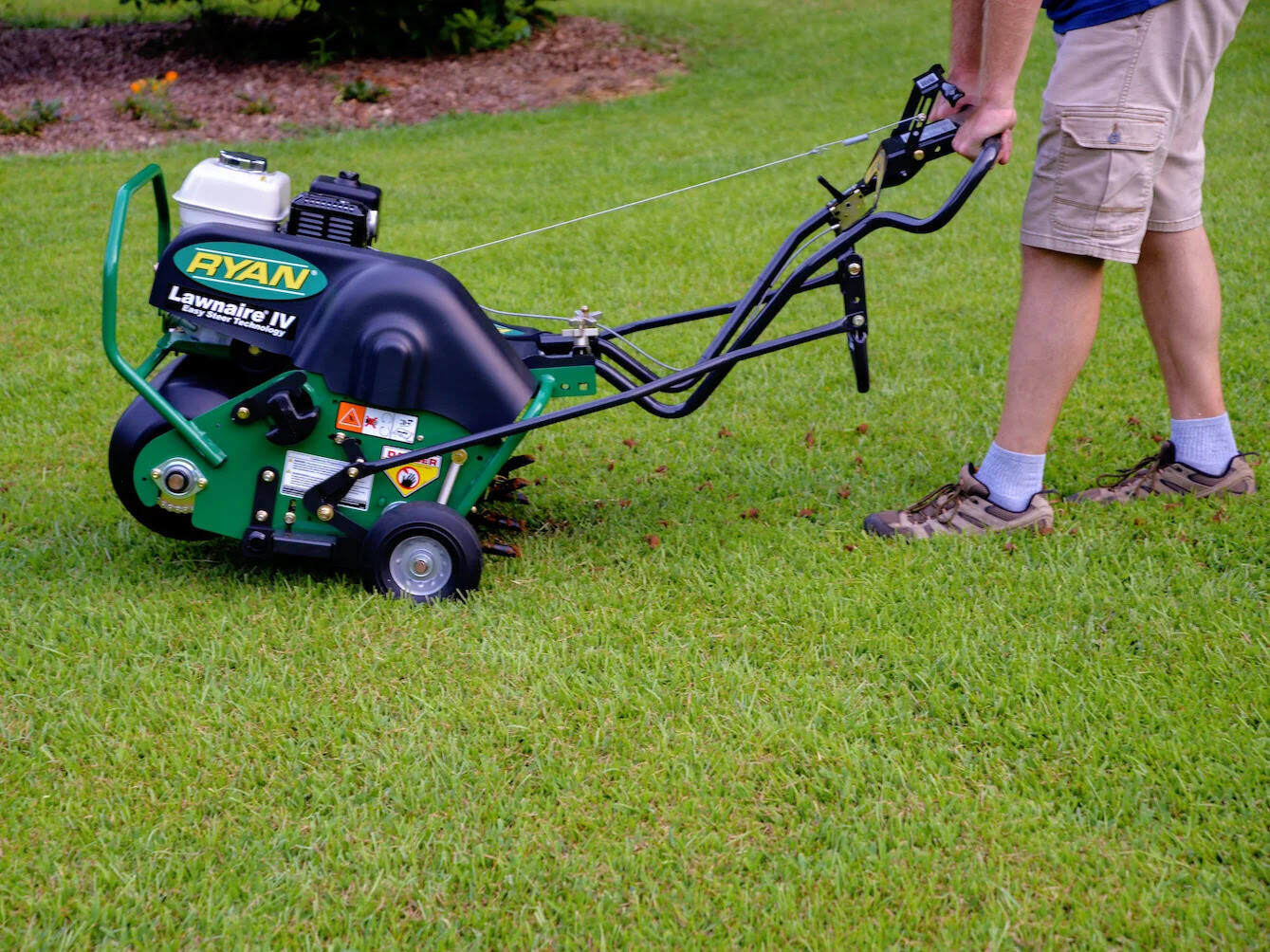
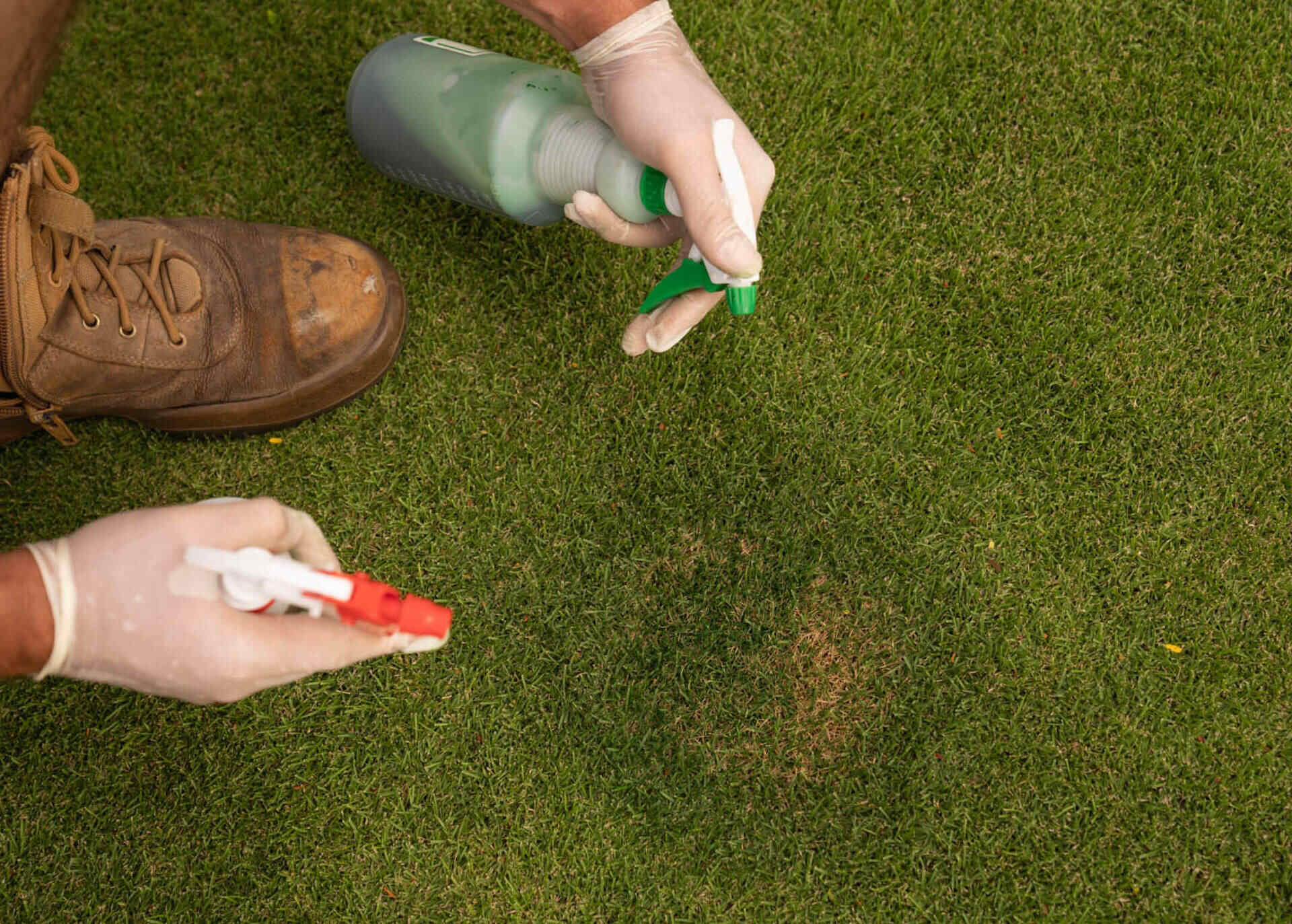
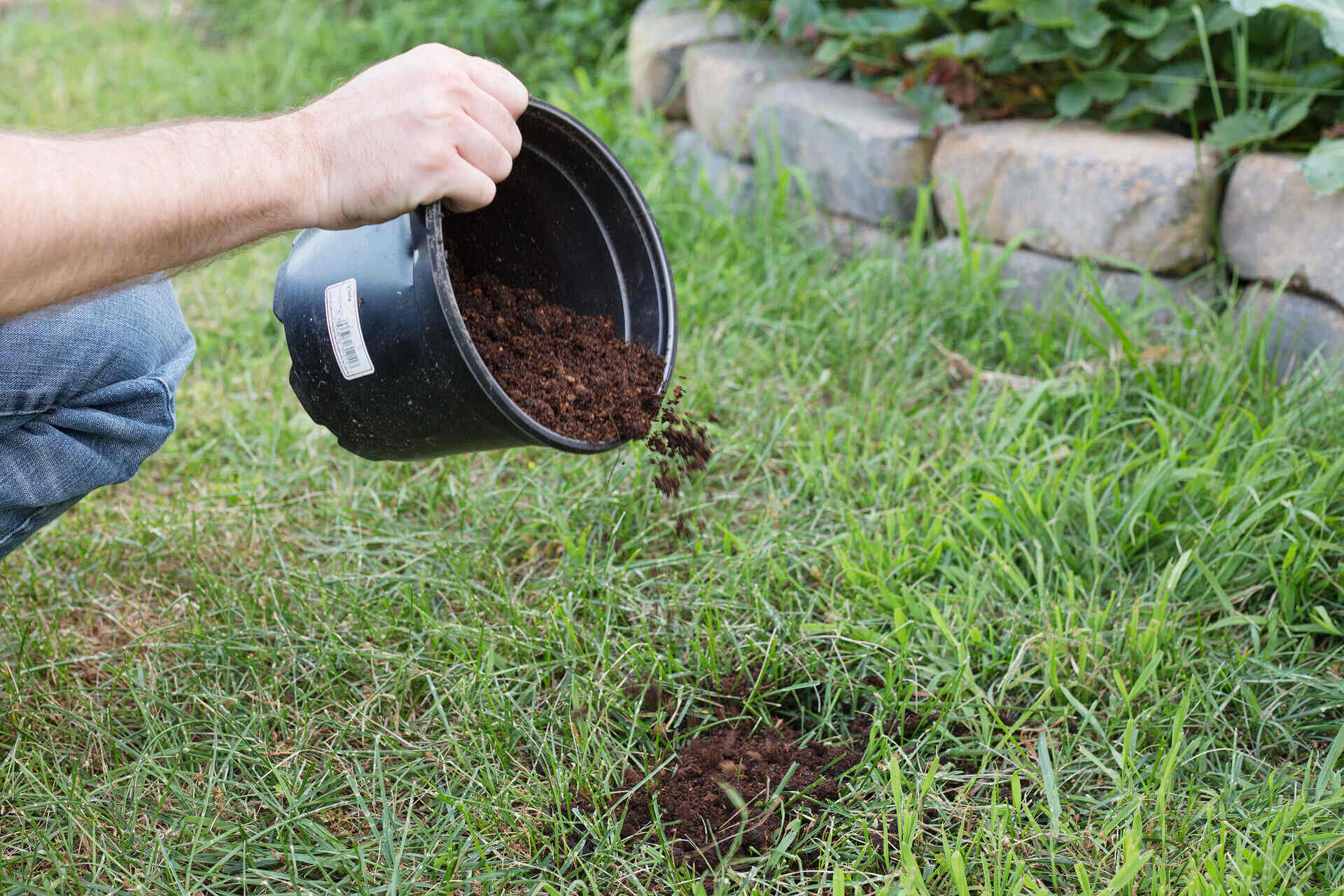
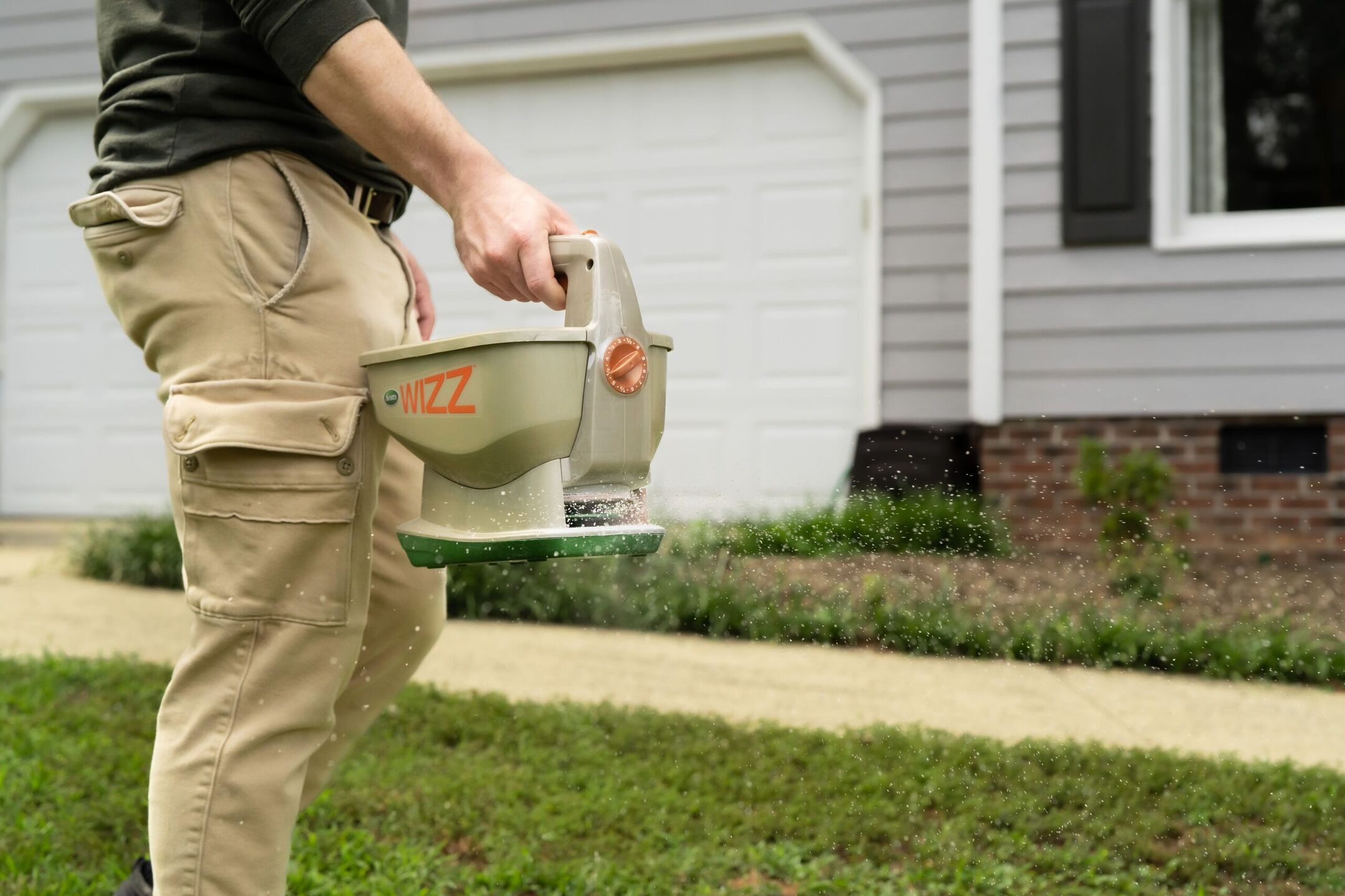
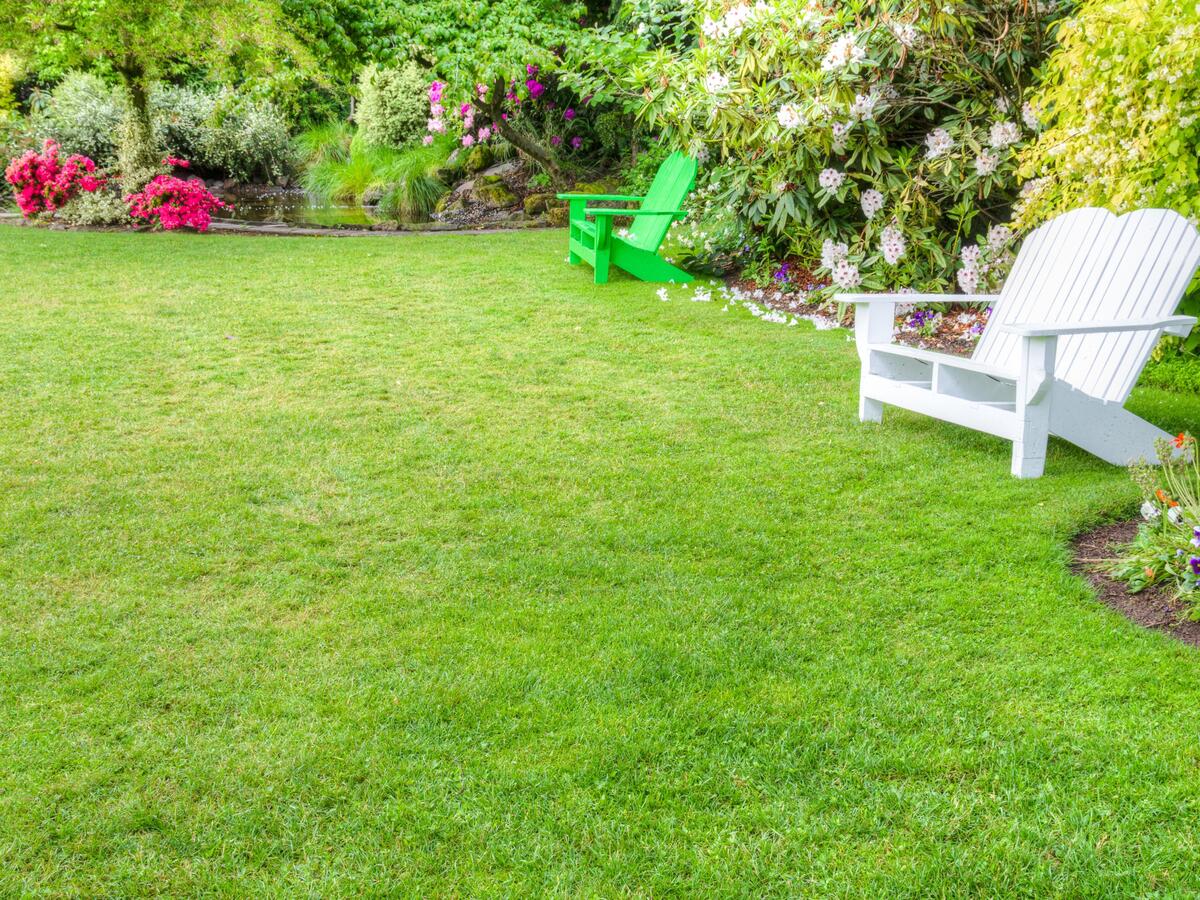
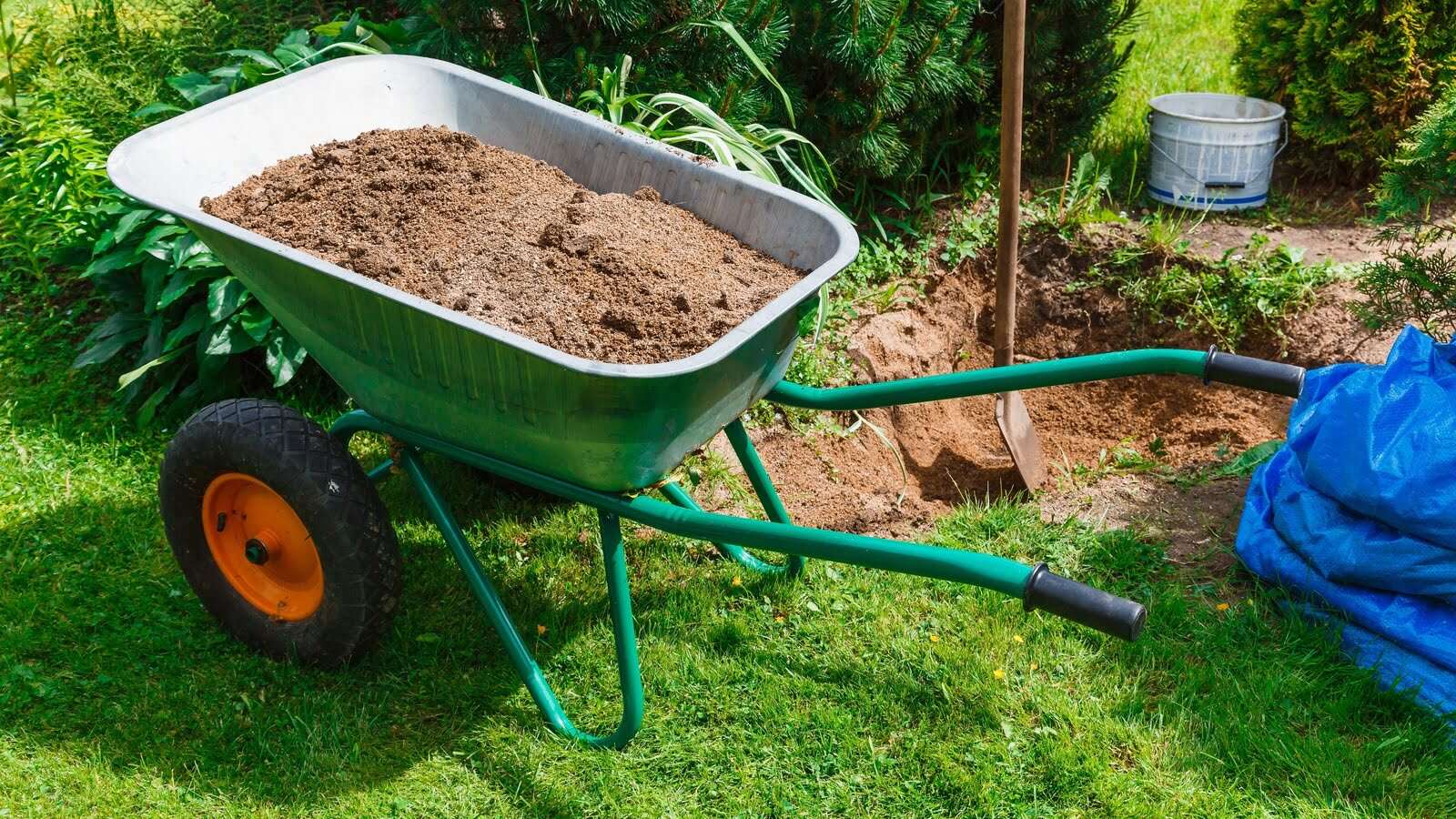
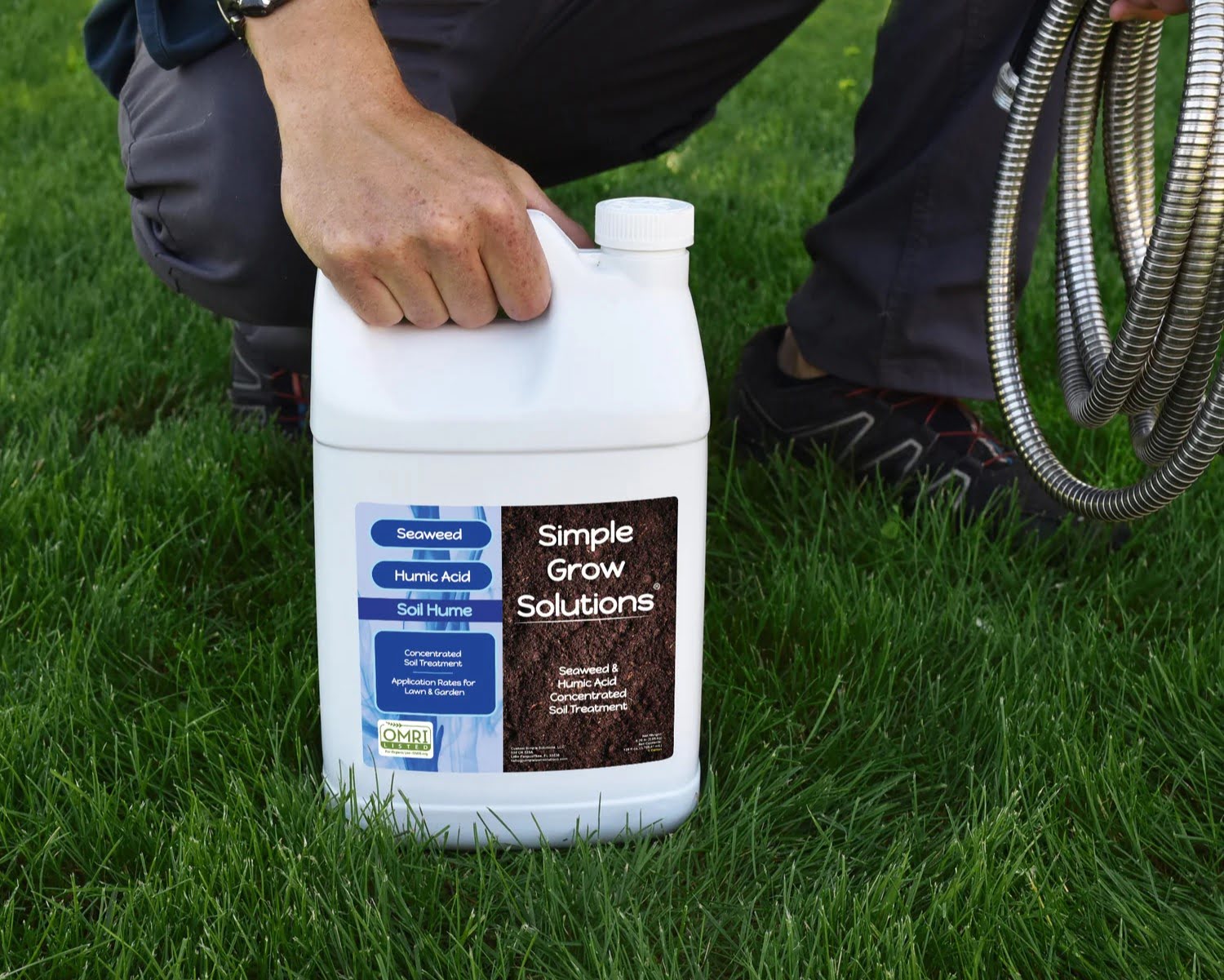
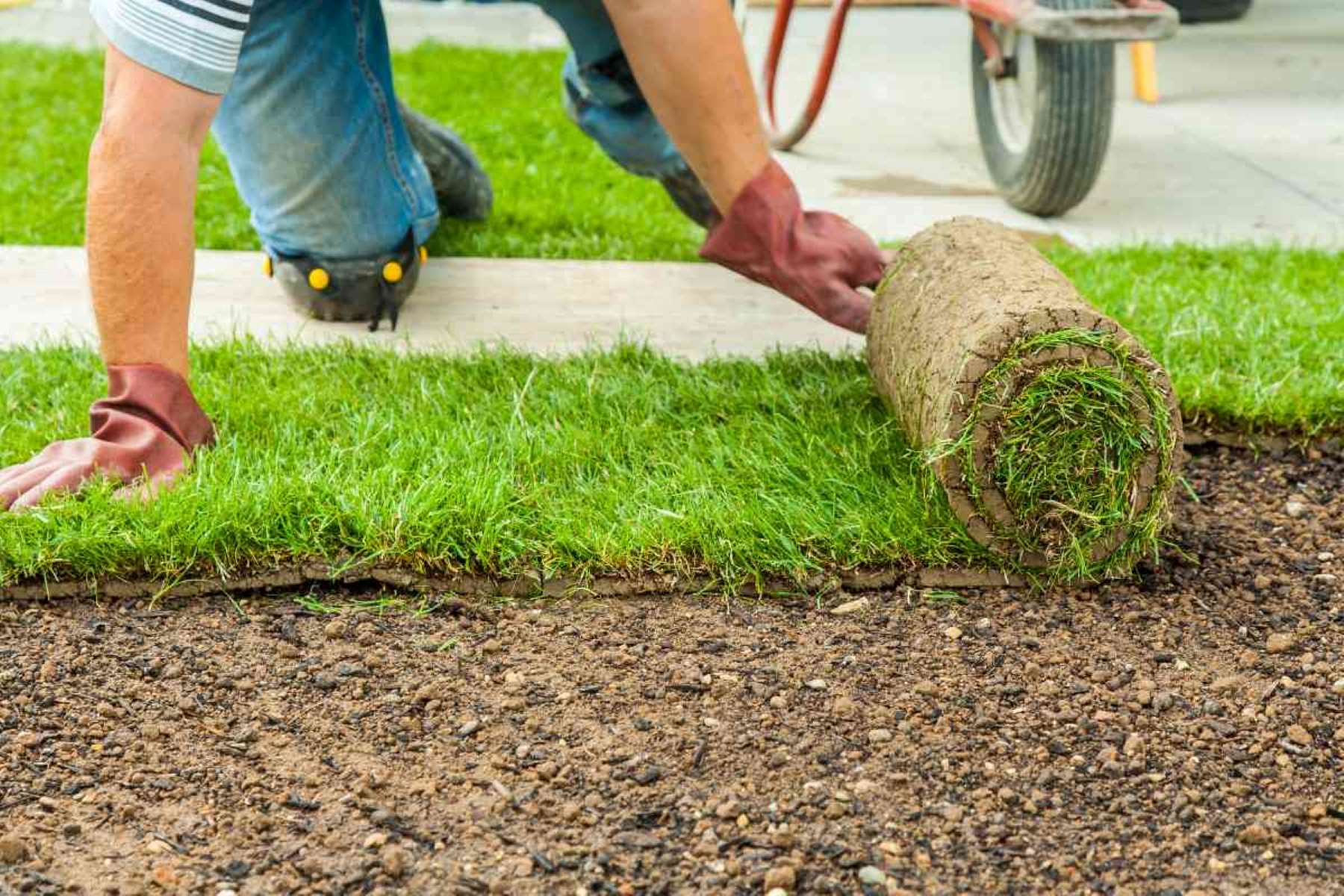
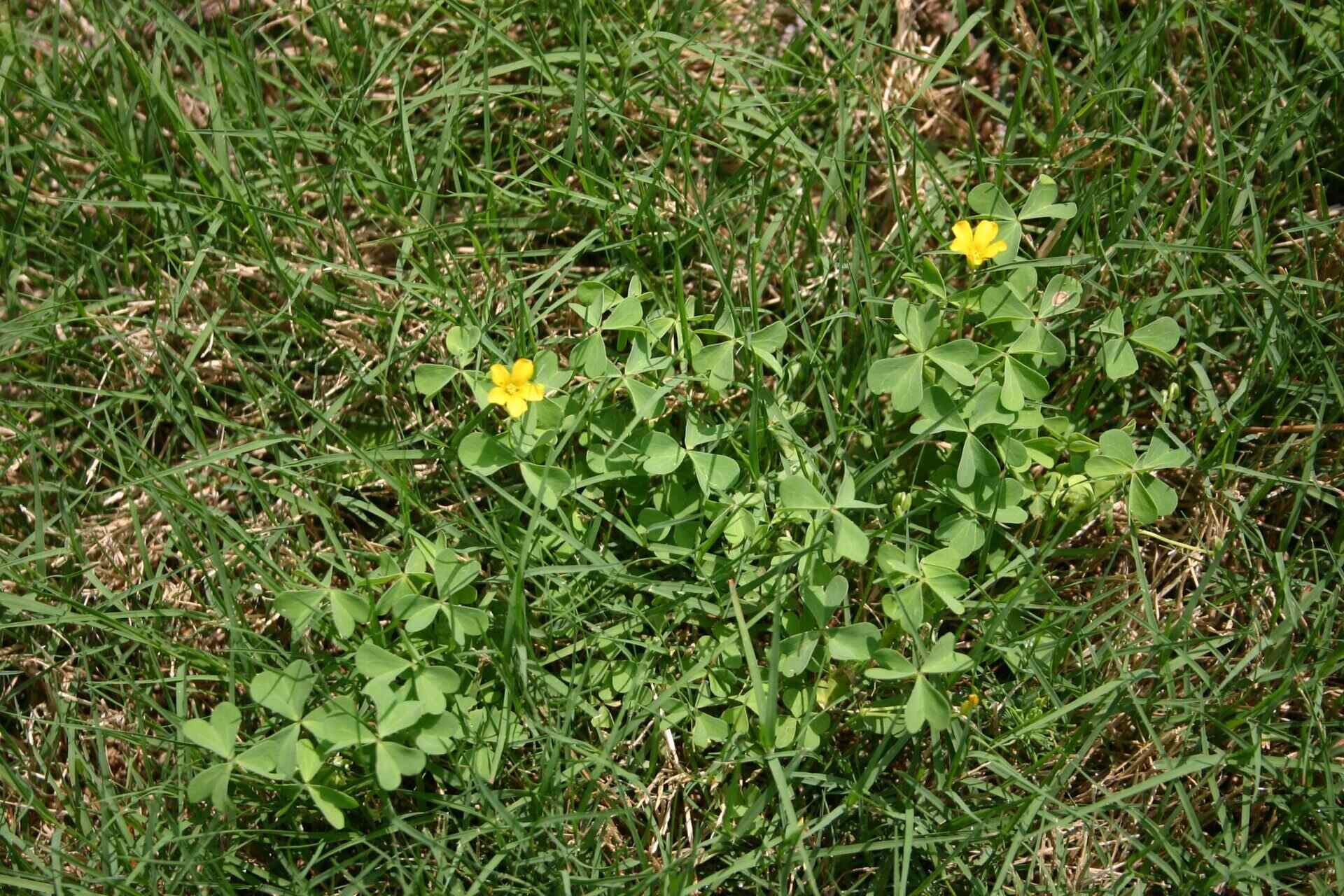
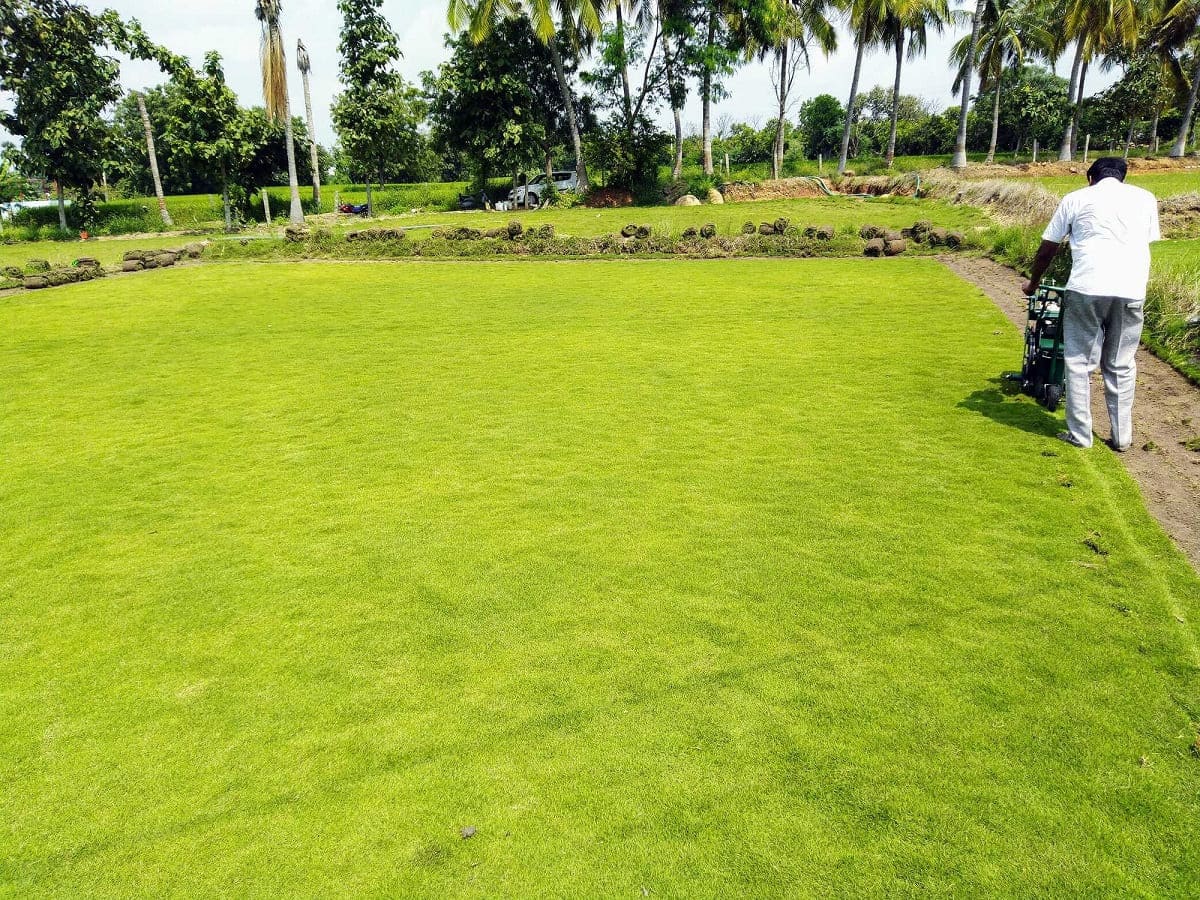
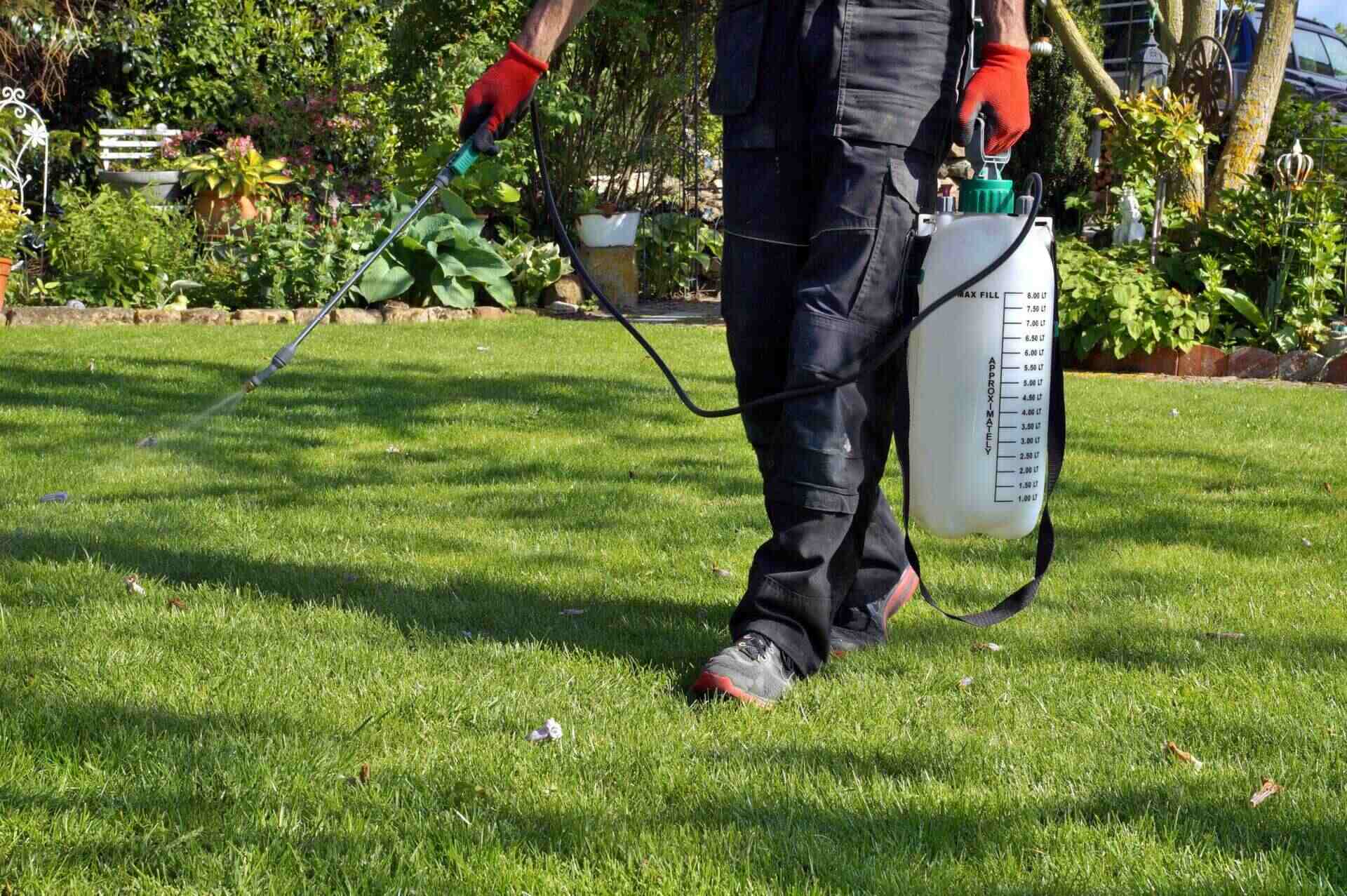
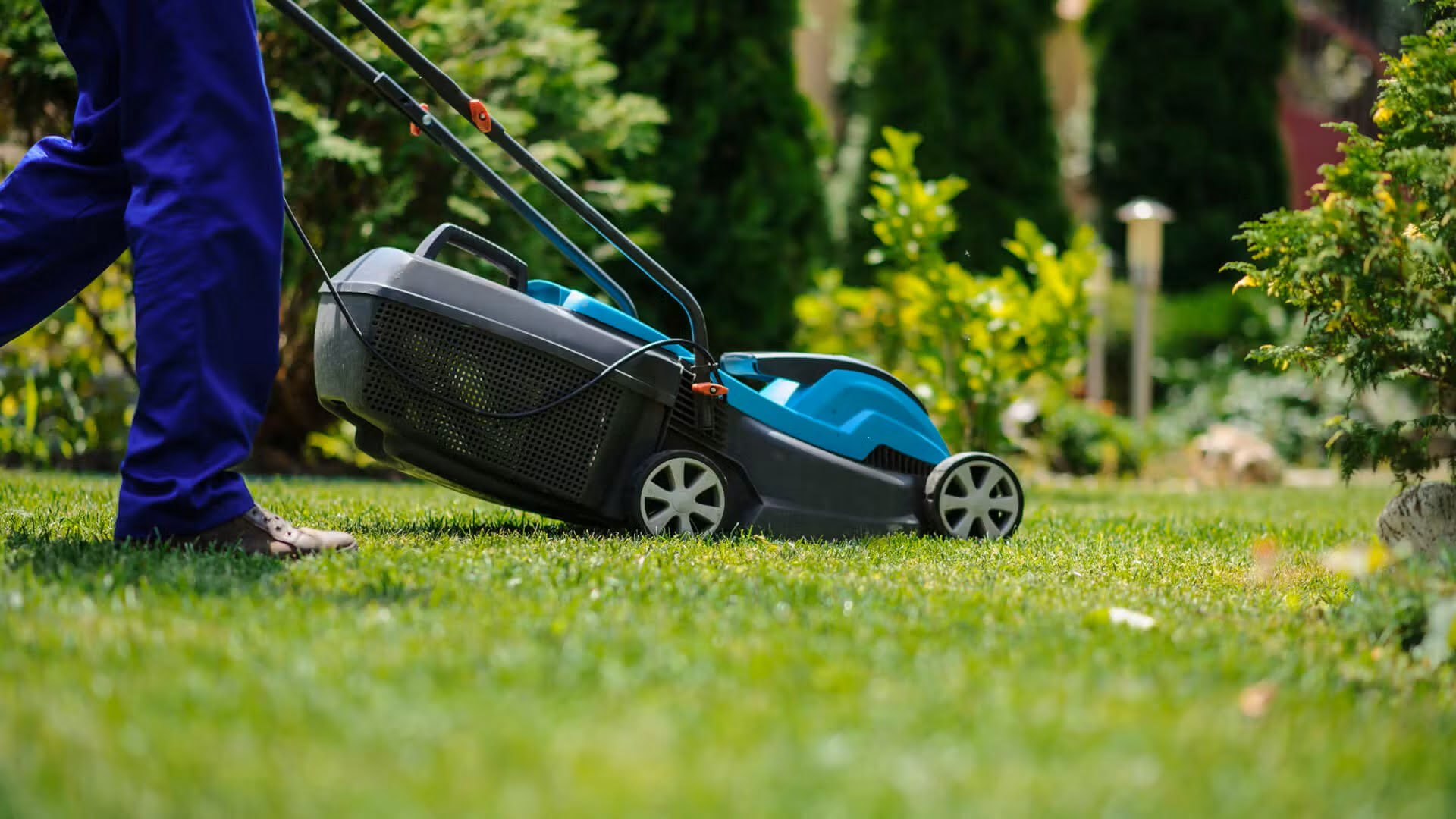
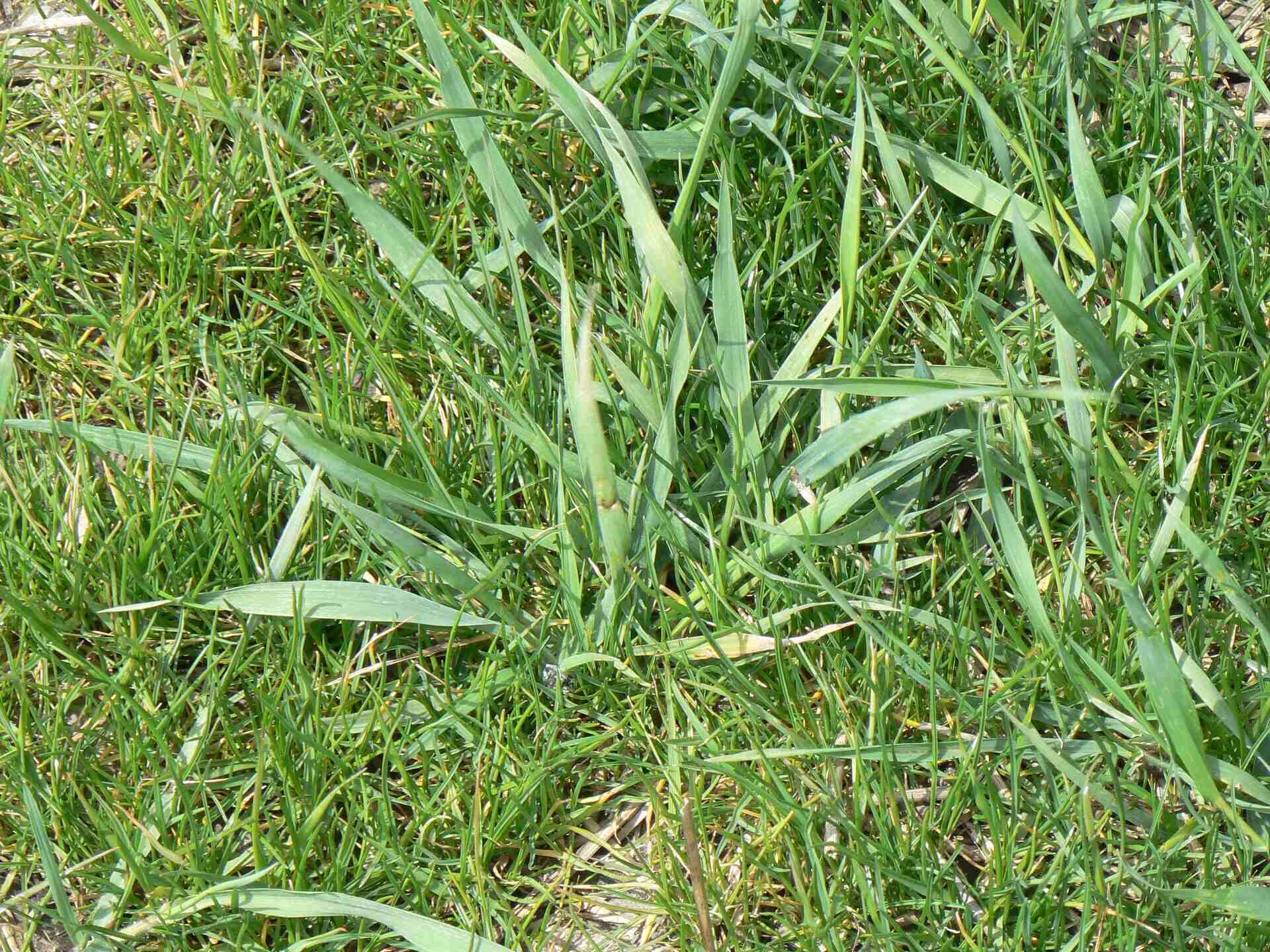
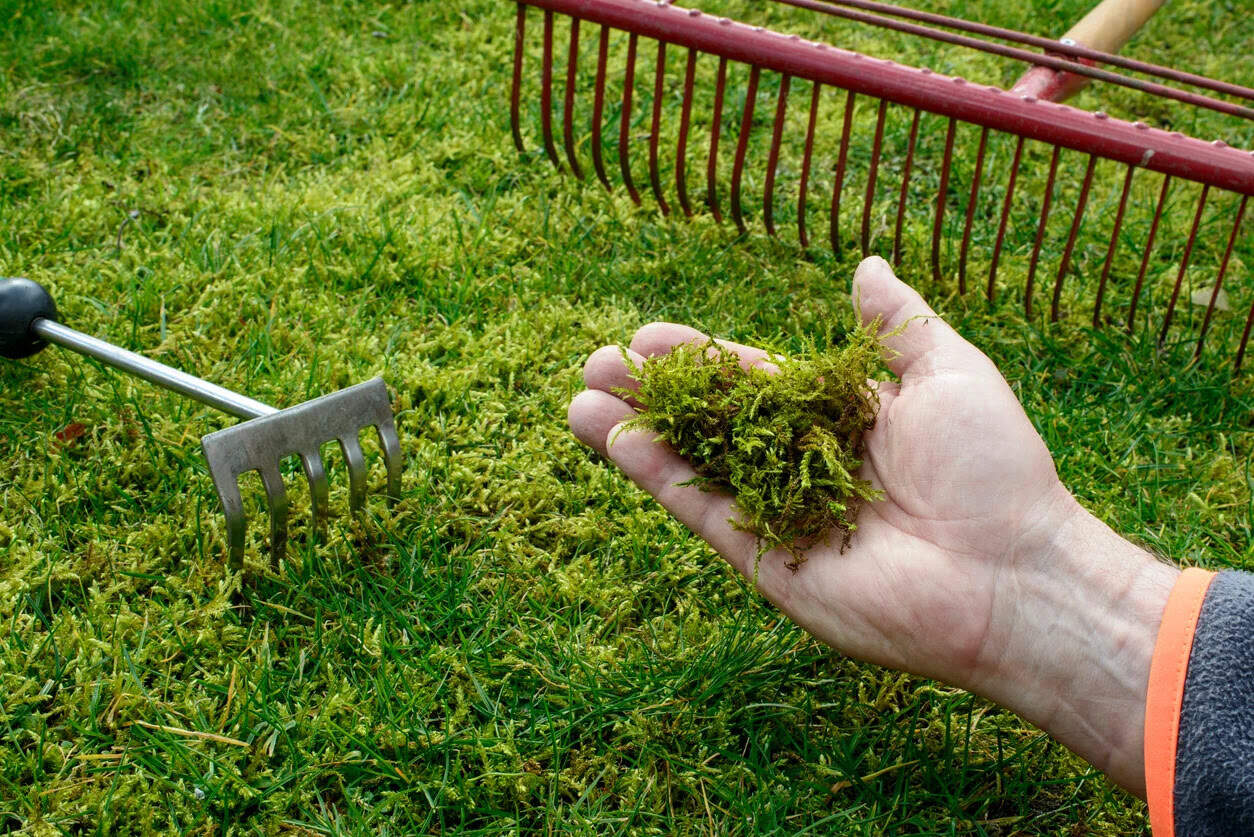

0 thoughts on “What Is A Scarifier For Lawns”